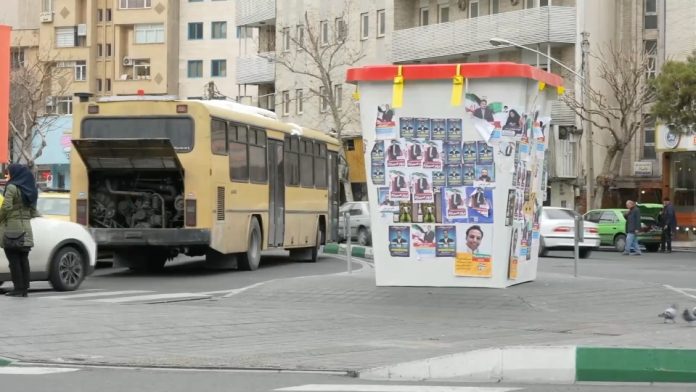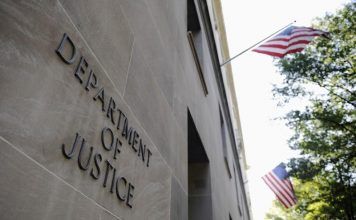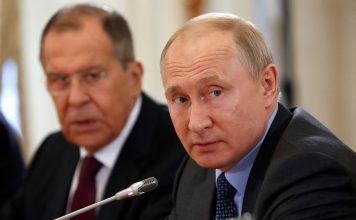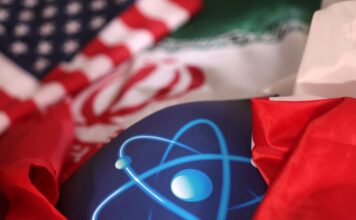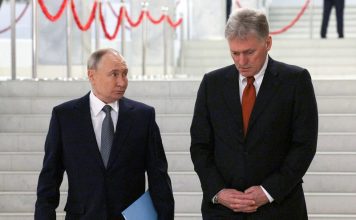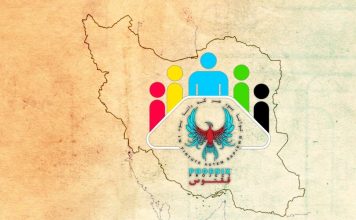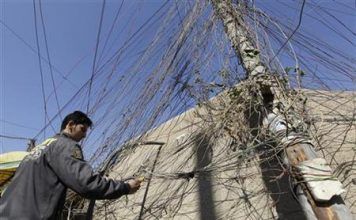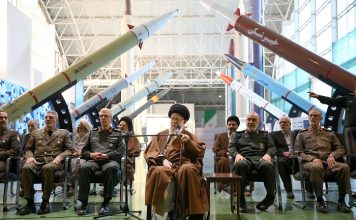March 2 (Reuters) – Turnout for Iran’s parliamentary election, seen as a test of the clerical establishment’s legitimacy, appears to have hit an historic low of around 41%, according to unofficial reports quoted by state media on Saturday.
The election followed anti-government protests in 2022-23 that spiralled into some of Iran’s worst political turmoil since the 1979 Islamic revolution and coincided with growing frustration over the sanctions-hit country’s economic troubles.
Partial results appeared to show hardliners set to keep their grip on parliament, while high-profile moderates and conservatives stayed away from Friday’s election and reformists called it neither free nor fair as it was mainly a contest between hardliners and low-key conservatives loyal to Islamic revolutionary ideals.
The writing is on the wall. The game is over for Ali Khamenei and his failed regime.
Iranians have once again rejected the Islamic Republic in its entirety by not participating in its election circus.
Make no mistake, no matter what show the regime puts on for Western media,… https://t.co/Rxcyuco4a4
— Reza Pahlavi (@PahlaviReza) March 1, 2024
Mohammad Khatami, Iran’s first reformist president, was among critics who did not vote on Friday.
Imprisoned Nobel Peace Prize laureate Narges Mohammadi, a women’s rights advocate, in a statement shared by her family with Reuters, called the election a “sham”.
State news agency IRNA said unofficial reports put turnout at more than 25 million, or about 41% of eligible voters.
The Hamshahri newspaper called the turnout “a 25-million slap” to calls for an election boycott, in a front-page headline next to a depiction of a ballot paper smacking U.S. President Joe Biden in the face.
Iran’s Supreme Leader Ayatollah Ali Khamenei accused Iran’s “enemies” – a term he normally uses for the United States and Israel – of trying to create despair among Iranian voters.
“The Silent Majority” was the front page headline in Ham Mihan, a pro-reform newspaper, which put the turnout at about 40%.
The interior ministry may announce the official turnout later on Saturday. If the turnout figure is confirmed, it would be the lowest since Iran’s Islamic revolution in 1979.
Iran’s turnout fell to 42.5% in 2020 parliamentary elections from about 62% in 2016.
Over 15,000 candidates ran for the 290-seat parliament on Friday. The poll was twinned with a vote for the 88-seat Assembly of Experts, an influential body that has the task of choosing 84-year-old Khamenei’s successor.
Hardline President Ebrahim Raisi was re-elected to the Assembly of Experts with 82.5% of the vote, the interior ministry announced on Saturday.
Hassan Rouhani, a pragmatist who was elected president in landslide wins in 2013 and 2017 promising to reduce Iran’s diplomatic isolation, was banned from running, drawing criticism from moderates.

